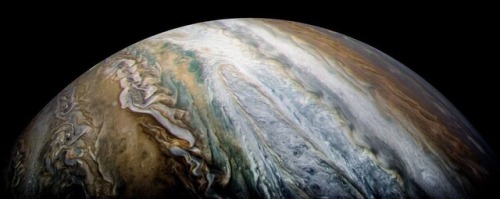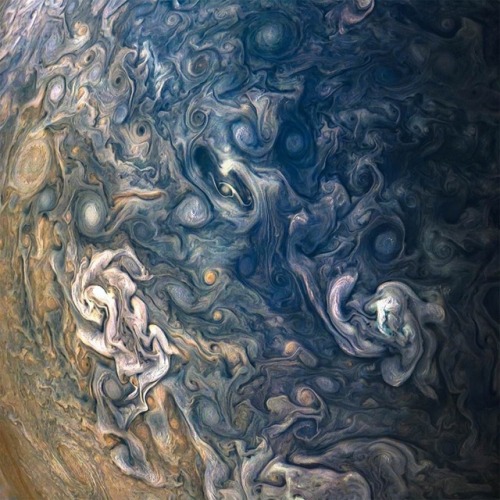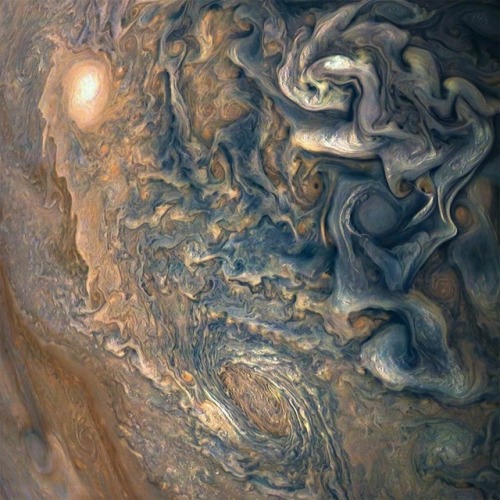Cixin Liu’s The Dark Forest Is A Mind-bending Blend Of Splashy SF And Serious Science. A Review On

Cixin Liu’s The Dark Forest is a mind-bending blend of splashy SF and serious science. A review on The Barnes & Noble Sci-Fi & Fantasy Blog.
More Posts from Earth-trisolaris-organization and Others




Please kill me, Chris Porsz/Geoff Robinson

Folldal
by: Sondre Eriksen

. . . Lou Ji came over and put his hand on a small painting.
“Would you leave this one for me?”
Cheng Xin and AA moved the painting aside and set it on top of a box next to the wall. They were surprised to see that it was the Mona Lisa.
Cheng Xin and AA continued to work at disassembling frames. AA whispered, “Clever old man. He kept the most expensive piece for himself.”
“I don’t think that’s the reason.”
“Maybe he once loved a girl named Mona Lisa?”
Lou Ji sat next to the Mona Lisa and caressed the ancient frame with one hand. He muttered, “I didn’t know you were here. Otherwise I could have come to see you often.”
Cheng Xin saw that he wasn’t looking at the painting. His eyes stared ahead as if looking into the depths of time. Cheng Xin saw that his ancient eyes were filled with tears, and she wasn’t sure if he was mistaken.
Inside the grand tomb under the surface of Pluto, lit by the dim lamps that could shine for a hundred thousand years, Mona Lisa’s smile seemed to appear and disappear. The smile had puzzled humankind for nearly nine centuries, and it looked even more mysterious and eerie now, as though it meant everything and nothing, like the approaching Death.
Death’s End (p. 512), Cixin Liu
This interminable wave was an abstract view of the universe: one end connected to the endless past, the other to the endless future, and in the middle only the ups and downs of random chance—without life, without pattern, the peaks and valleys at different heights like uneven grains of sand lined up in a row, lonely, desolate, so long that it was intolerable. You could follow it and go forward or backward as long as you liked, but you’d never find the end.
Cixin Liu, “The Three-Body Problem”

Unfortunately, I cannot see the Milky Way from my backyard because of light pollution.
What’s Up for May 2016?

What’s Up for May? Two huge solar system highlights: Mercury transits the sun and Mars is closer to Earth than it has been in 11 years.

On May 9, wake up early on the west coast or step out for coffee on the east coast to see our smallest planet cross the face of the sun. The transit will also be visible from most of South America, western Africa and western Europe.

A transit occurs when one astronomical body appears to move across the face of another as seen from Earth or from a spacecraft. But be safe! You’ll need to view the sun and Mercury through a solar filter when looking through a telescope or when projecting the image of the solar disk onto a safe surface. Look a little south of the sun’s Equator. It will take about 7 ½ hours for the tiny planet’s disk to cross the sun completely. Since Mercury is so tiny it will appear as a very small round speck, whether it’s seen through a telescope or projected through a solar filter. The next Mercury transit will be Nov. 11, 2019.

Two other May highlights involve Mars. On May 22 Mars opposition occurs. That’s when Mars, Earth and the sun all line up, with Earth directly in the middle.

Eight days later on May 30, Mars and Earth are nearest to each other in their orbits around the sun. Mars is over half a million miles closer to Earth at closest approach than at opposition. But you won’t see much change in the diameter and brightness between these two dates. As Mars comes closer to Earth in its orbit, it appears larger and larger and brighter and brighter.

During this time Mars rises after the sun sets. The best time to see Mars at its brightest is when it is highest in the sky, around midnight in May and a little earlier in June.

Through a telescope you can make out some of the dark features on the planet, some of the lighter features and sometimes polar ice and dust storm-obscured areas showing very little detail.

After close approach, Earth sweeps past Mars quickly. So the planet appears large and bright for only a couple weeks.

But don’t worry if you miss 2016’s close approach. 2018’s will be even better, as Mars’ close approach will be, well, even closer.
You can find out about our #JourneytoMars missions at mars.nasa.gov, and you can learn about all of our missions at http://www.nasa.gov.
Make sure to follow us on Tumblr for your regular dose of space: http://nasa.tumblr.com
These two I imagine as Zhang Behiai and Wang Miao.


Infernal Affairs (2002) - dir. Andrew Lau and Alan Mak. 無間道/无间道
-
 bestie-belt liked this · 4 years ago
bestie-belt liked this · 4 years ago -
 milserifas liked this · 8 years ago
milserifas liked this · 8 years ago -
 slvvvg liked this · 8 years ago
slvvvg liked this · 8 years ago -
 hopeazul reblogged this · 8 years ago
hopeazul reblogged this · 8 years ago -
 hopeazul liked this · 8 years ago
hopeazul liked this · 8 years ago -
 steverdotnet liked this · 8 years ago
steverdotnet liked this · 8 years ago -
 coffeeandambientnoise reblogged this · 8 years ago
coffeeandambientnoise reblogged this · 8 years ago -
 earth-trisolaris-organization reblogged this · 9 years ago
earth-trisolaris-organization reblogged this · 9 years ago -
 debaterlogic liked this · 9 years ago
debaterlogic liked this · 9 years ago -
 keeperofkats liked this · 9 years ago
keeperofkats liked this · 9 years ago -
 mariahaskins reblogged this · 9 years ago
mariahaskins reblogged this · 9 years ago -
 s7nful liked this · 9 years ago
s7nful liked this · 9 years ago -
 24zallurabbits liked this · 9 years ago
24zallurabbits liked this · 9 years ago -
 zombiecatgraverobber reblogged this · 9 years ago
zombiecatgraverobber reblogged this · 9 years ago -
 zombiecatgraverobber liked this · 9 years ago
zombiecatgraverobber liked this · 9 years ago -
 pandapez liked this · 9 years ago
pandapez liked this · 9 years ago -
 torpublishinggroup reblogged this · 9 years ago
torpublishinggroup reblogged this · 9 years ago







